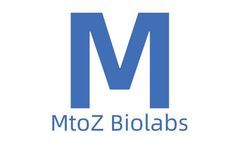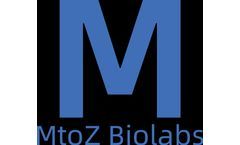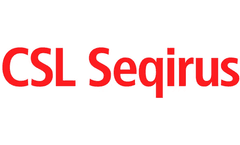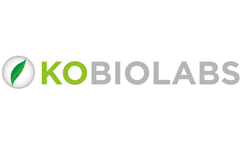Immune Development Articles & Analysis
17 articles found
They constitute an intricate "glycocode" that orchestrates numerous cellular functions from embryonic development to immune regulation and disease progression. N-Glycan Profiling: Beyond the Basics N-Glycan Profiling reveals the remarkable complexity of these structures that anchor to asparagine residues. ...
Alfa Cytology’s expertise in immune checkpoint inhibitor development services includes small molecule inhibitors, antibodies, and vaccines. ...
Under normal conditions, they participate in intercellular communication, regulation of immune responses and embryonic development. In pathological states, changes in sialic acid proteins are associated with the development of various diseases, such as cancer, infectious diseases and autoimmune diseases. ...
In addition, the stability and solubility of nanobodies are very high, so they can maintain activity under extreme conditions.The Value of Nanobody SequencingNanobody sequencing provides us with a new perspective to understand the immune response of the organism. Through the sequencing of nanobodies, we can understand the antigen binding sites, affinity, and diversity of ...
One such mechanism is apoptosis, a tightly regulated process vital for maintaining tissue homeostasis, development, and immune response. Apoptosis assays are valuable tools used by researchers to study the intricate details of this cellular event. ...
These molecules are essential for embryonic development, wound healing, immune cell recognition, and many other physiological functions. ...
“Our TCR-Seq service enables researchers to gain a better understanding of T-cell clone diversity and clonality, providing critical support for immunotherapy research and development,” said a senior scientist at CD Genomics. “Our service delivers rapid and efficient analysis of T-cell receptors, providing researchers with accurate and reliable data that drives ...
According to the World Health Organization (WHO), immunization saves millions of lives each year. But given that many are still hesitant to get vaccinated for COVID-19, it is apparent that we are amidst an ‘infodemic’. ...
Young children are prone to infections due to their developing immune systems – they are not ready yet to fight all the viruses that are spread in the air. ...
ByNosiboo
In mammals, N-glycosylation plays a part in regulating embryonic development, cancer occurrence and development, and immune defense. In plants, N-glycosylation is of great significance to many physiological processes such as cell wall formation, reproductive development, and resistance to pathogen invasion. Study of N- ...
However, they tend to trigger strong immune responses in humans, which limits their applicability for gene therapy applications, particularly in immunocompromised patients [1]. Compared to adenovirus and lentivirus, AAV offers a low immune profile, relative safety, long-lasting expression in non-dividing cells, and a long scientific and clinical history. ...
Developing a scalable and efficient transfection method is crucial in accelerating the discovery, development, and manufacturing of gene-modified cell therapies. ...
Centers for Disease Control (the "CDC"), a vaccine for a specific disease stimulates an individual's immune system, causing it to produce antibodies to counteract the antigens associated with the disease in question, just as one's immune system would do if one were actually exposed to the disease. The concept is that, after getting vaccinated, the inoculated ...
ABSTRACT Administration of probiotics has been linked to immune regulation and changes in gut microbiota composition, with effects on atopic dermatitis (AD). ...
The Madison company FluGen is part of a renewed national effort to improve the odds by developing a universal flu vaccine, which would protect against more types of flu, possibly for many years. ...
Ebola Virus (EBOV) presents a challenge for vaccine development because immune correlates of protection in humans are not well known. In earlier studies we developed a concept of local similarity which refers to resemblance of structural patterns of unrelated proteins as a function of their amino acid composition. ...
Experimental results reveal pronounced systemic immunity and serum antibodies in the group vaccinated by injection. The orally vaccinated group demonstrated more expressed local immunity and mucous antibodies than control group. However, in this group, some tolerance induction occurred in the lungs during the first two vaccinations. We thus ...















